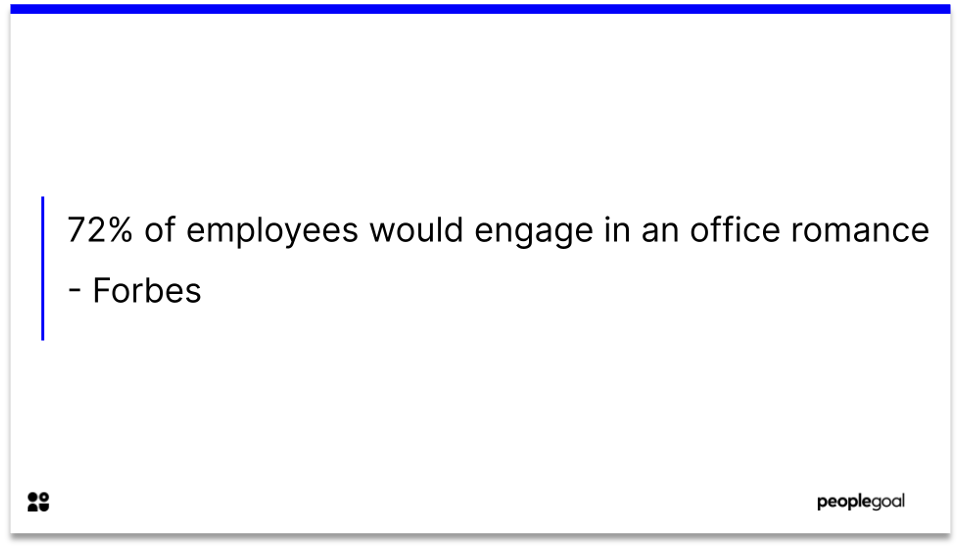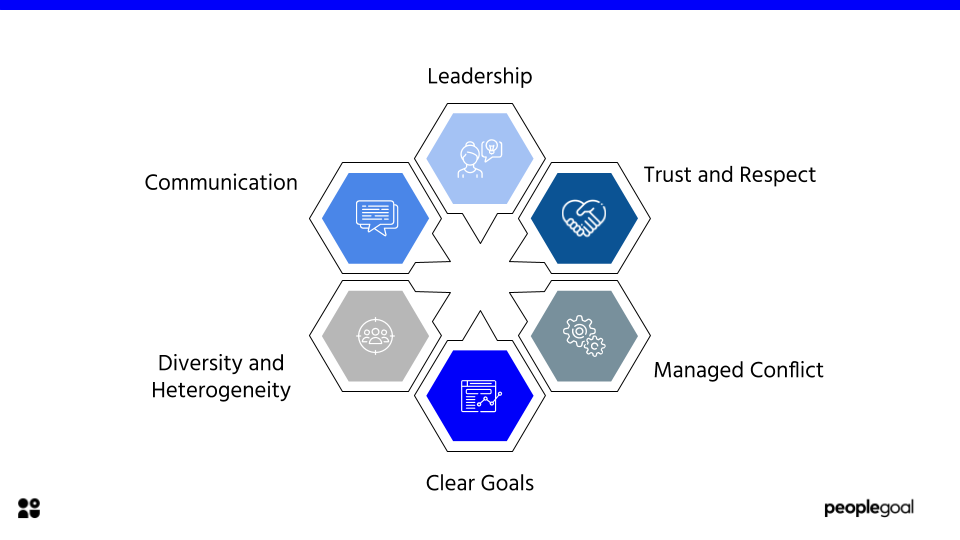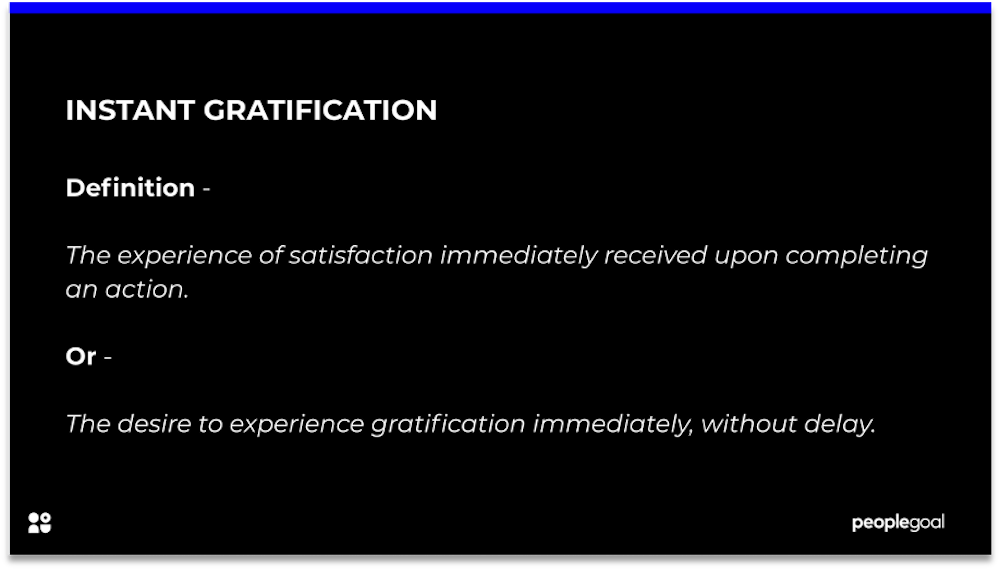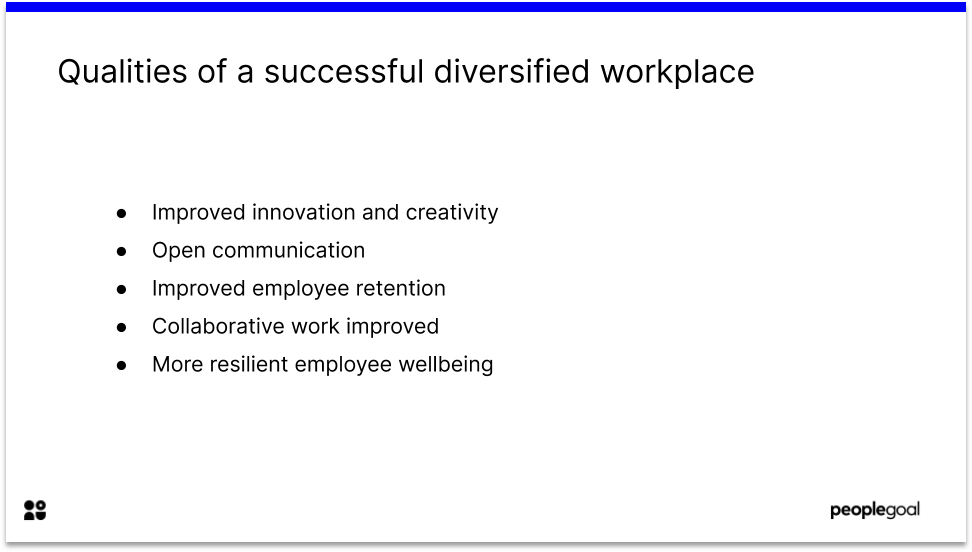The secret to an engaged, highly effective team is really no secret. Much of what inspires success in the workplace boils down to putting the right tools in place to enable communication and community among team members.
Team engagement is an often overlooked aspect of employee engagement – how do we create the conditions for teams to work together more effectively? We offer 5 simple tips below.
What is team engagement?
Team engagement is an extension of employee engagement. Employee engagement measures the commitment an individual employee feels towards their company and their willingness to go above and beyond to perform well.
Team engagement looks at how employees interact with each other in a way that is most conducive to reaching company goals. Engaged teams are collaborative: they communicate effectively and they motivate each other.
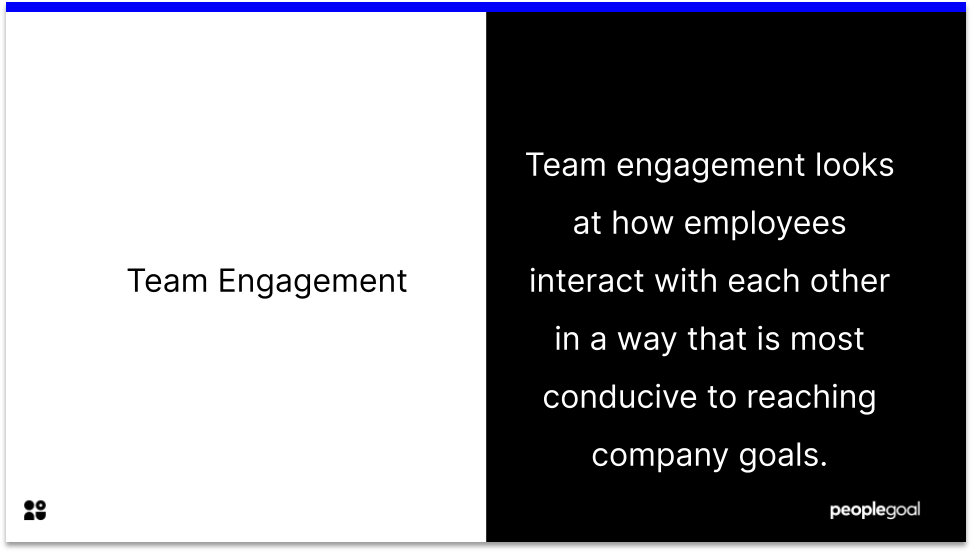
Qualities of an engaged team
- A psychological safety environment for creative thinking
- Improved employee wellbeing
- A feeling of community
- Employees feel purpose and meaning at work
- Better outcomes as skills are integrated
- Higher performance as team members motivate one another
According to Gallup, 85% of employees are not engaged or are actively disengaged at work. If we want our teams to perform at our best, we need to create the environment for high performance. Below are 5 tips to improve team engagement.
1. Use a coaching management style to communicate with your teams
Team engagement starts with great managers. Employees can tell when managers lack trust – they overschedule meetings and have unrealistic expectations.
Psychological safety is key to team engagement. When we feel we can voice concerns without negative consequences and that we can risk small mistakes, we are likely to work more creatively and communicate more openly.
A coaching management style creates the environment for open communication. Coaching managers are actively involved in their employee’s development and are aware of their personal goals. Moreover, they allow employees the freedom to come up with their own ideas – and also encourage collaboration wherever possible.
A coaching management style means employees feel valued and better motivated. They will start to see challenges not as roadblocks, but as opportunities to grow their skills.
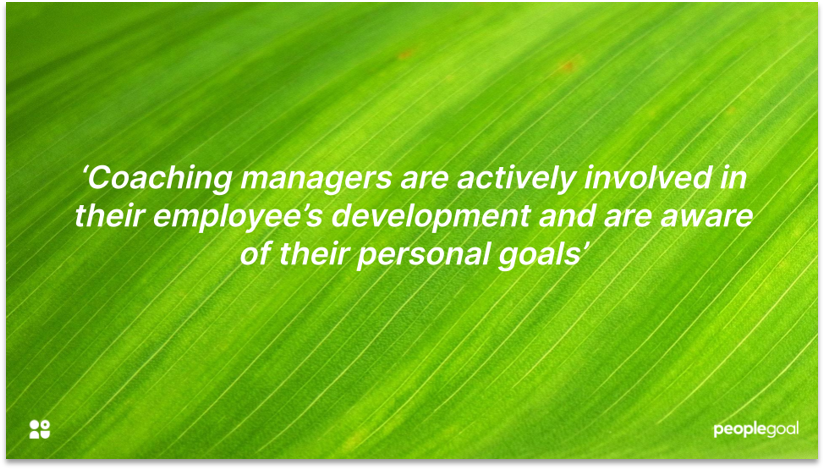
Benefits of a coaching management style
- Improve working relationships
- Coaching managers relate their employees’ work to company goals
- Employees take criticism more constructively
- Improves employee engagement by helping employees adopt a growth mindset
2. Build a supportive community based on open communication
A lack of community at work is a barrier to engagement. As many companies transitioned to work from home, employees often felt disconnected from their colleagues, causing low-mood and communication failures.
Be conscious about fostering a sense of community every day at work. Carve out time for employees to take breaks together and get to know each other. You might organize a fun virtual activity, or a free lunch voucher.
It might be surprising to hear that small talk can be productive – but the social aspects of work can be the foundation for better working relationships and improved wellbeing. Social activites help to foster a team identity. This clarifies the roles of each member and builds loyalty between team members.
A supportive community requires open communication. Ensure everyone is aware of all communication channels. Use morning or afternoon check-ins to ensure all employees are up to speed.
Supportive communities value emotional awareness. When co-workers ask ‘how are you?’ they really mean it, and take care to offer help to their peers if needed. Managers can be role models for emotional awareness every day – be compassionate with employees and listen actively.
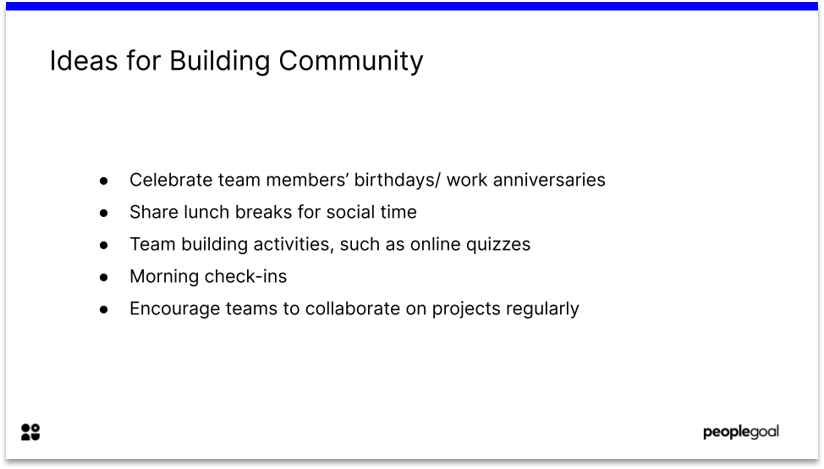
3. Recognize your employees’ successes
Engaged teams have their achievements recognized. Managers should praise employees in meetings and one-on-ones, and ensure no success goes uncelebrated.
Celebrate the small wins as a team. Have a few co-workers completed a lengthy project? Why not mark the occasion with a group lunch? Even smaller, everyday ways to recognize steps forward are impactful – such as a short message.
Remember to avoid favoritism and relate achievements to team goals – employees will see that any individual achievements are a team win. They’ll be more likely to build each other up with compliments and recognition.
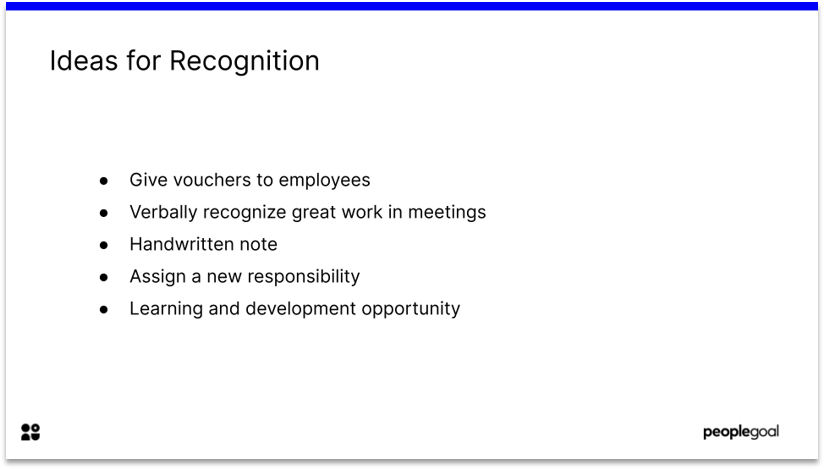
4. Development opportunities
Development is crucial to engagement. When we see opportunities on the horizon, we are more likely to be engaged.
To make a start, design stretch goals with your employees in one-on-one meetings. Ask your employees where they see themselves in five years time. Managers should have an awareness of the hopes and aspirations of their team.
A learning and development program is a great way to build towards these employee goals. Why not encourage teams to work together on micro-courses? Or give employees stretch-roles that showcase their skills and improve their confidence?
You can factor in collaboration to your learning and development program. Consider the benefits of group-learning, such as discussion groups or team projects.
Assign group project tasks that match an employee’s personal goals. Teamwork should be valued as a route to professional development – this gives employees extra motivation for great collaboration.
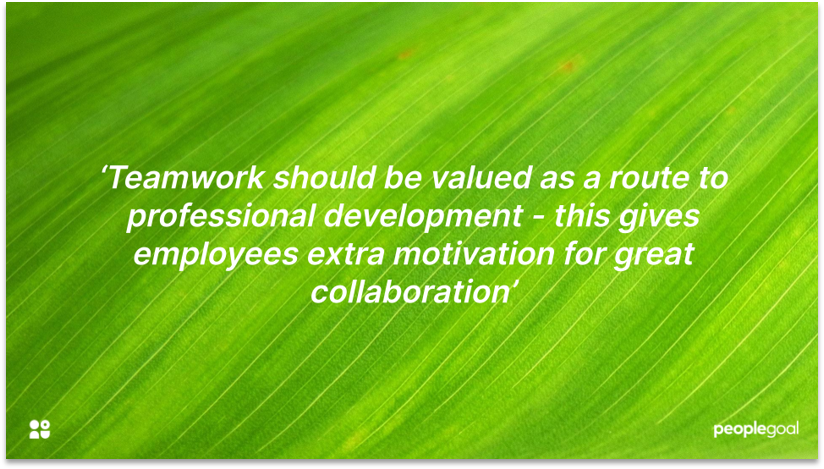
Learning and Development Ideas for Team Engagement
- Fun or creative collaborative projects
- Group activities, such as online discussions
- Link individual goals to development planning
- Use group training periodically to improve team skills
- Micro-courses on teamwork
5. Clarify employee roles in collaborative tasks
When a team is assigned a complex task, it’s important to have a clear sense of who is responsible for which aspects of the project.
Clarifying individual roles reduces the risk of disagreements. In addition, employees often feel reassured when they can work independently. Strike a balance between fostering teamwork and allowing employees the chance to develop their own ideas.
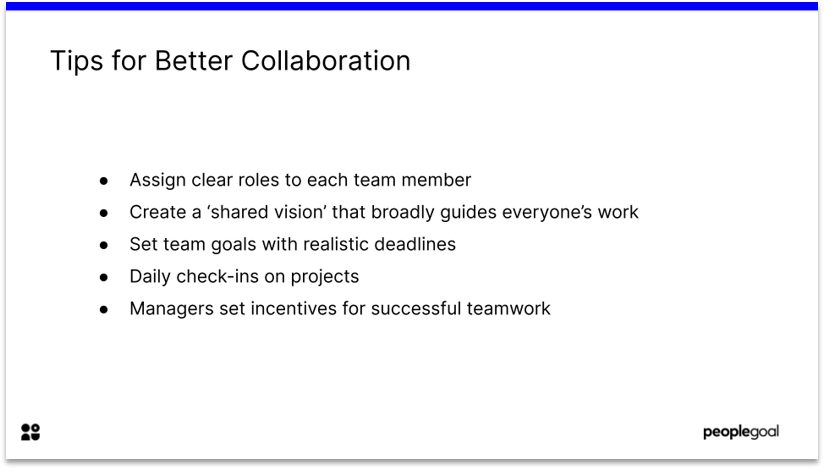
Team engagement: the secret to improved performance
We often talk about employee engagement as if employees work in a vacuum. In fact, our team is a key driver of employee engagement. You can boost team engagement by improving communication, recognizing excellent work and assigning group projects that play to your employees’ strengths.
If you’d like to learn more about how to improve team engagement, why not read our blog post Teamwork: 10 Ways to Create a Collaborative Culture While Working Remotely?
Ready to 3x Your Teams' Performance?
Use the best performance management software to align goals, track progress, and boost employee engagement.


